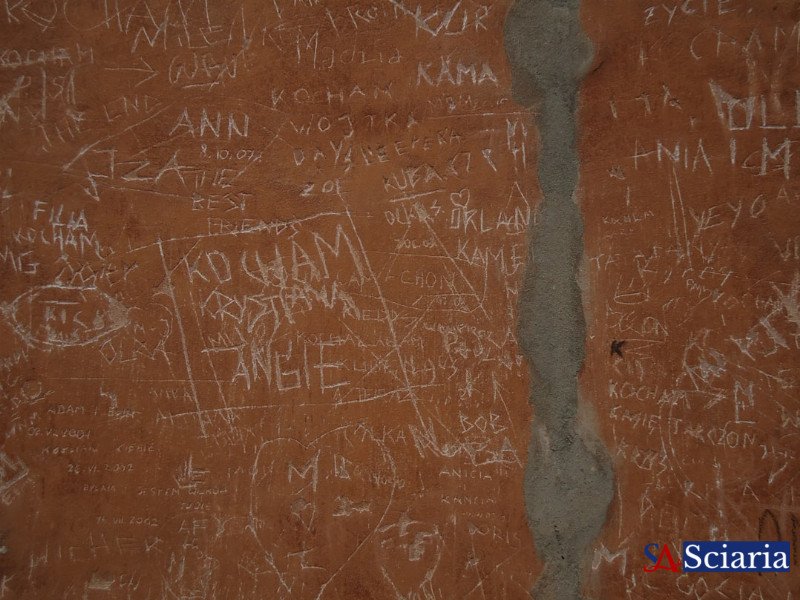Whispers from the Walls: Unlocking the Secret Language of Ancient Graffiti
- Sciaria
- History
- Oct 03, 2025
- 0 Comments

Forget modern-day defacement; ancient graffiti was an entirely different beast. Far from mere vandalism, the scratches, drawings, and writings etched into walls across the ancient world offer an unparalleled, intimate glimpse into the lives, thoughts, and even anxieties of ordinary people. While official inscriptions and grand monuments tell us about rulers and empires, it is this often-overlooked 'street art' that truly captures the pulse of daily life, acting as an unvarnished diary of bygone eras.
From the sun-baked streets of Pompeii to the hallowed halls of Egyptian temples, the sheer variety of ancient graffiti is astounding. We find lovers professing their adoration, political slogans urging support for specific candidates, everyday shopkeepers advertising their wares, and even crude insults hurled at rivals. Gladiators' scores were meticulously recorded, prayers for good fortune were scrawled, and simple observations about the weather or a particularly good meal were left for posterity. These seemingly trivial markings, often dismissed by early archaeologists, are now recognized as invaluable primary sources.
This is the 'secret language' of ancient graffiti: not a coded script, but an unfiltered dialogue between the ancients themselves, now overheard by us. Unlike carefully composed literary works or commissioned historical accounts, graffiti was spontaneous, immediate, and rarely intended for a wide audience, let alone future generations. It bypasses the official narrative, giving voice to the common citizen, the soldier, the merchant, and even the enslaved. These are the thoughts they deemed important enough to leave permanently etched, revealing aspects of their culture and society that formal texts simply don't cover.
Deciphering these ancient scribbles provides a rich tapestry of historical detail. We learn about literacy rates by observing the prevalence of writing in public spaces, uncover popular jokes and satirical jabs that transcend millennia, and even understand the personal anxieties of individuals through their prayers or laments. Graffiti can reveal everything from prevailing social norms and sexual mores to popular cultural figures and religious beliefs. It humanizes history, allowing us to feel a direct connection to individuals who lived thousands of years ago, sharing their hopes, dreams, and frustrations.
In essence, ancient graffiti transforms static ruins into dynamic archives. Each faded word or rough sketch is a whisper from the past, a direct communication from a person who once stood in that exact spot, much like us. By paying close attention to these seemingly insignificant marks, historians and archaeologists continue to unlock new layers of understanding, ensuring that the vibrant, messy, and deeply human stories of the ancient world are not lost to the sands of time.
Comments (0)
Rate This Blog
Top Blogs by Rating
Your DNA's Ancient Story: Unlo...
By Sciaria
Beyond Silicon: How Living Mat...
By Sciaria
The Invisible Hand of Defaults...
By Sciaria
Favorite Blog
Unlocking Life's Source Code:...
By Sciaria
Unveiling the Hidden Journeys:...
By Sciaria
The Ageless Enigma: What Biolo...
By Sciaria




